An AI startup focused on maritime safety is helping sailors navigate the ocean and avoid collisions
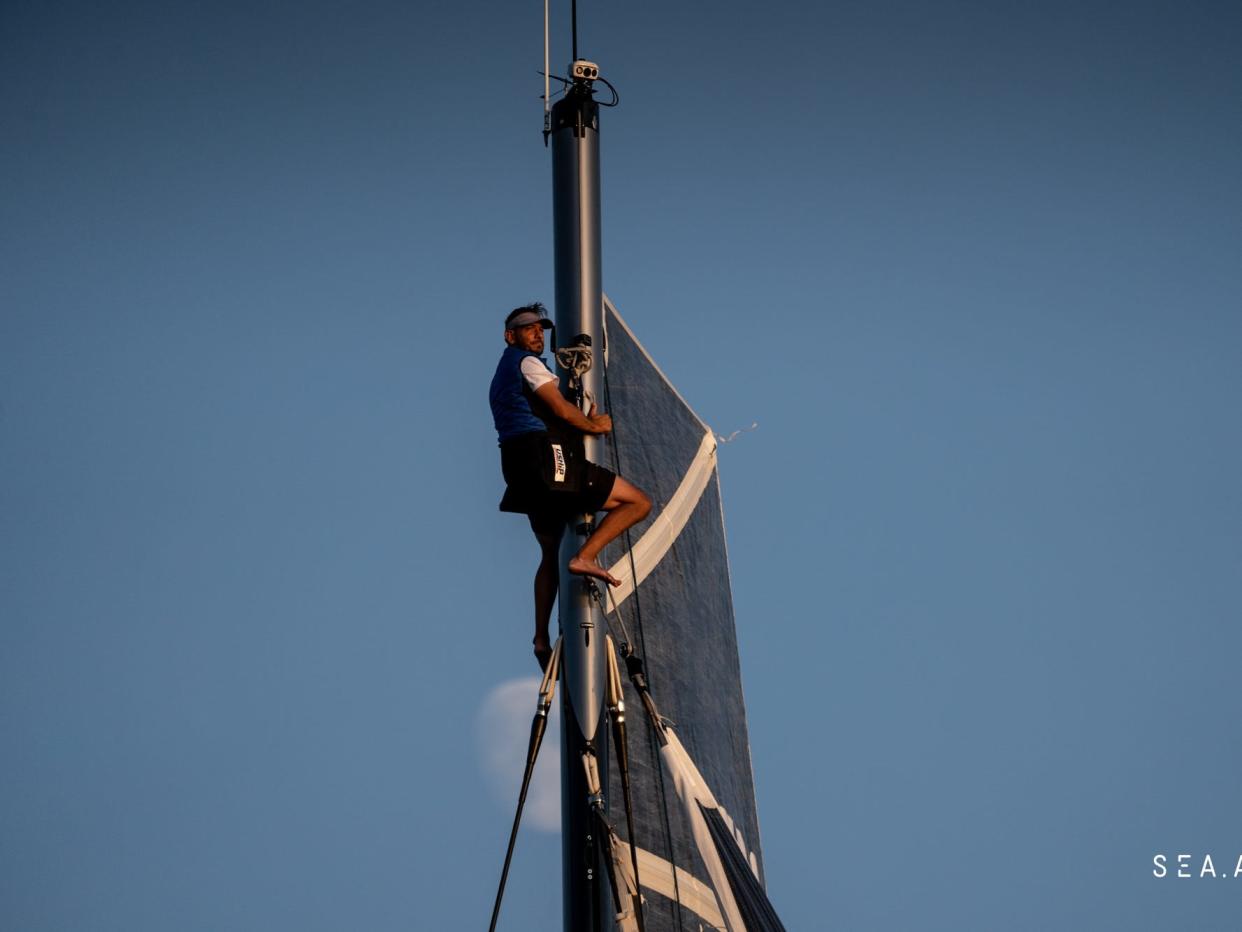
The tech company Sea.AI is helping boats avoid collisions and unseen dangers at sea.
Its software uses thermal cameras and AI to identify objects in the ocean and alert sailors.
This article is part of "Build IT," a series about digital tech trends disrupting industries.
Will Harris has been a professional ocean racer for over 10 years. The skipper, or boat captain, sails with Team Malizia and has spent more time away from land than the average person.
"The thing about being at sea, or one thing that's very challenging, is when you are in the middle of the ocean, you really are some of the most isolated humans at those moments," he said.
Safety is a top priority for sailors. For decades, boats have relied on technology such as radar to detect major obstructions. But objects like garbage, debris, fishing boats, and buoys often aren't seen until a collision is imminent.
To avoid these obstacles during a race, Harris uses software from Sea.AI, a startup that employs artificial-intelligence detection and proprietary thermal cameras to give boats a better view of the ocean. Founded in 2019, the French company has been collecting data on over 10 million objects that radars cannot detect. Solenn Gouerou, the head of marketing communication at Sea.AI, told Business Insider that 500 vessels used its AI tech.
Sea.AI's widest adoption has been in boat racing to evade collisions. "These are multimillion-pound boats," Harris said. If a collision occurs, he added, the race has to stop because it's "obviously very dangerous."
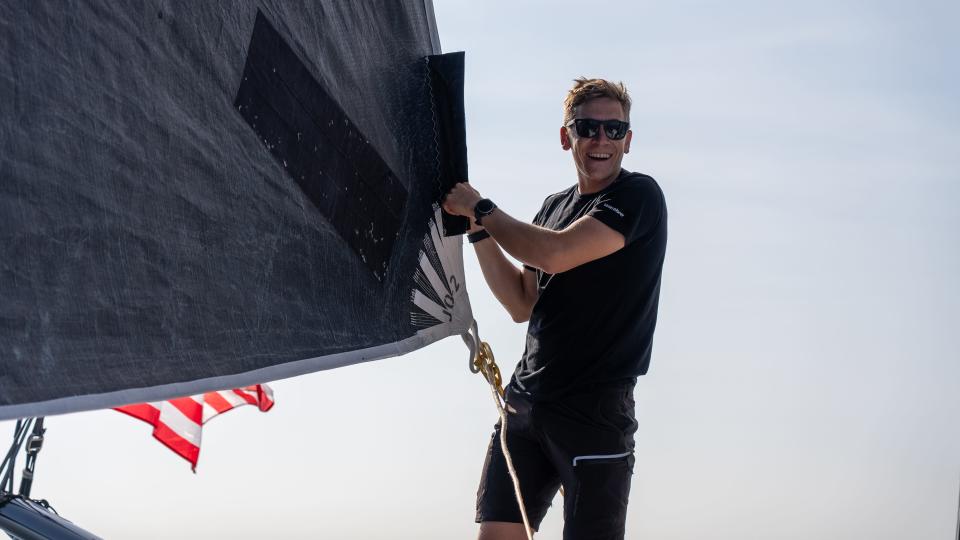
Harris started using Sea.AI the same year it launched and has sailed over 100,000 miles with the tech. "We're really trying to use data to our advantage now because it's a technology race for us," Harris said, adding that boats have several sensors that measure metrics like speed, depth, fuel, and the boat's infrastructure.
The Malizia-Seaexplorer, the boat he cocaptains with Boris Herrmann, uses Sea.AI, which helped Team Malizia place second on May 6 during the first leg of the Transat CIC race from France to New York.
How the technology works
Sea.AI's founder, Raphael Biancale, previously worked in the autonomous-car industry. When he got his first boat, he noticed that watercraft technology was lacking. When he sailed at night, "he didn't have a proper system to help him see in front of the boat," Gouerou said.
Sea.AI uses a large thermal camera that can attach to the front of a boat or on a mast to scan the water. Using thermal imaging and night vision, the software detects items that the naked eye would struggle to see.
The camera's imaging can be accessed through an app or connected to a boat's multifunction-display system. When objects are detected, the software automatically sounds an alarm to give the skipper enough time to divert the ship's course.
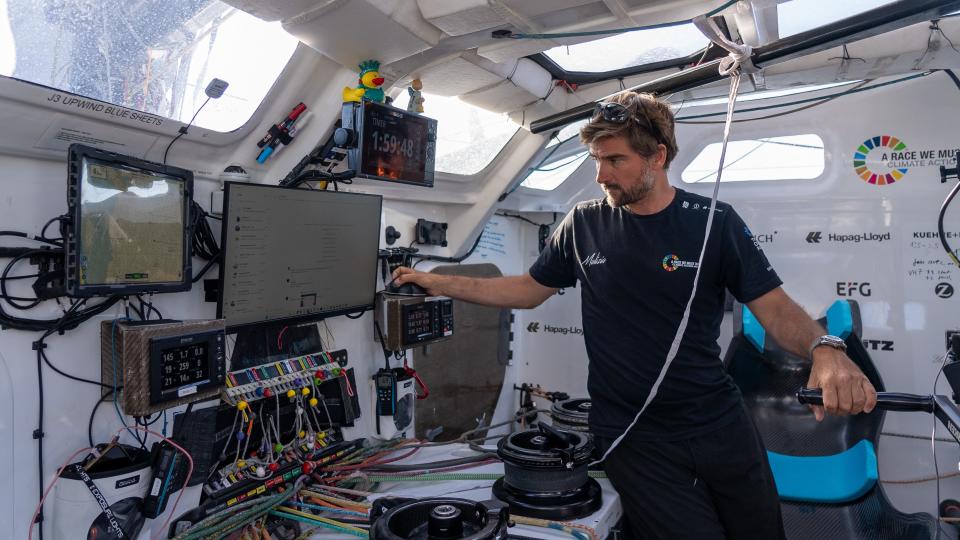
Sea.AI's system then logs the object to help train the software to detect more types of obstructions. Harris said because sailors aren't always looking at the camera — "we're looking at the sails, we're sleeping, we're resting" — Sea.AI's alarm is a "really important" feature.
Harris recalled avoiding a collision while his team was sailing "25 to 30 knots," or about 29 to 35 mph, near Gibraltar. He said they weren't monitoring the camera but heard an alert from Sea.AI notifying them of a fishing boat about 100 meters away: "We were probably 10 or 15 seconds away from crashing into it."
Building a more well-rounded navigation system
Sea.AI was developed to be used in conjunction with radar tech and an automatic identification system, a tracking system that allows boats to see each other's geographic position.
The company's partnership with Garmin, a manufacturer of multifunction displays, has allowed Sea.AI to integrate more seamlessly into Garmin's software. The MFDs centralize information for sailors who are surveilling multiple systems that help a vessel operate.
"I was interested by the innovation that they put into the market because looking for floating objects was always a critical area," Andrea D'Amato, the business-development manager of the marine subset at Garmin International, said.
"Our display can be divided into two windows," D'Amato told BI. "For example, in one window you can be focused on the radar, and in the other window you can be focused on the Sea.AI features."
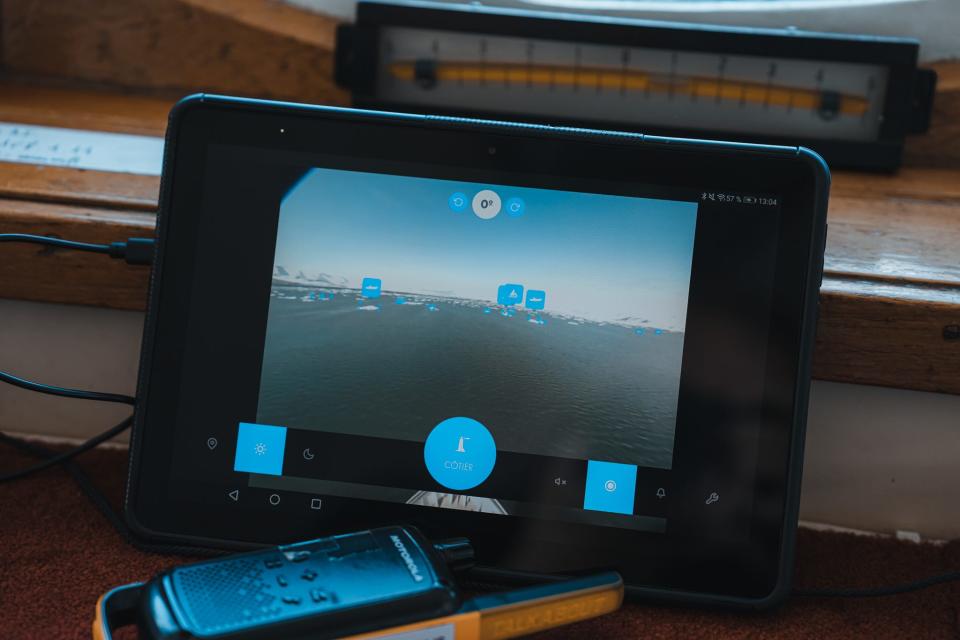
Harris said he had the displays for Sea.AI, the automatic identification system, and the radar next to each other on his MFD. The radar and AIS displays help with navigation, and the Sea.AI display indicates where objects are relative to the boat's position. "It's telling us straight away which direction we need to look to see the object," he added.
Romain Attanasio, a skipper for Fortinet-Best Western, recently used Sea.AI while transporting the boat across the Atlantic. He told BI that avoiding fishing boats, which are heavily present near shores, was one of his biggest navigational challenges, especially when entering and exiting ports.

Attanasio said many fishermen don't use an AIS because "they don't want the other fishermen to know where the fish are," which makes it harder to see fishing boats' locations. Fishermen's nets, he added, are also invisible dangers since they create large concentrations of fish and rope just below the surface of the water — an area that is mostly invisible to AIS and radar tech but easier to monitor with Sea.AI's imaging.
Sea.AI, automatic identification systems, and radar each have their benefits and disadvantages, Gouerou said. "Each sensor has its own capabilities," she said. "We are an optical sensor. So, for example, if there's really, really heavy rain, it's tricky for us."
Expanding AI in the maritime industry
Gouerou told BI that Sea.AI was expanding with the launch of Brain, its software-only machine-vision product that can identify objects in the ocean. Unlike Sea.AI's preceding software, which worked exclusively with the company's camera units, Brain is compatible with third-party thermal cameras. The goal, Gouerou said, is to reduce the cost of using Sea.AI's system by eliminating the need to purchase both the software and the cameras from Sea.AI.
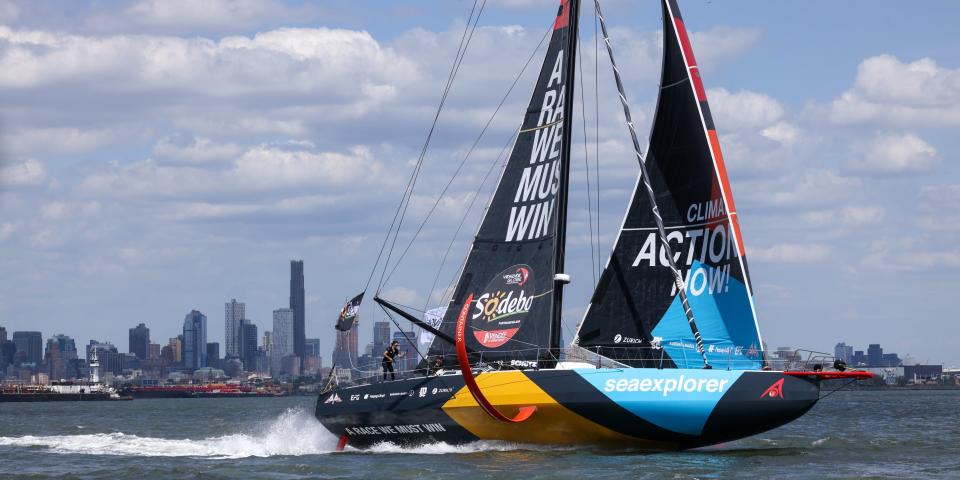
The company also plans to enter other markets, such as cruising, commercial vessels, and ferries. Gouerou said Sea.AI recently conducted trials with search-and-rescue boats in France, the UK, and Germany.
The future of Sea.AI will be building technology with an "automatic avoidance" capability to reduce the need for human intervention, Gouerou said. Harris' boat uses a prototype of this feature; it connects to the ship's steering system to help automatically avert collisions with small nearby objects. "It's still a work in progress, but it's definitely something that's going to be developed more and more in the future," he said.
Read the original article on Business Insider


